MazelTov2
Rough_Rock
- Joined
- Jun 9, 2012
- Messages
- 43
Here is the picture I promised in my last/first posting. The dealer noted on the receipt when I purchased it at a recent gem show that it is a 14.40-carat solid crystal opal and its origin is the Lightning Ridge mine in Australia. He also said that this particiular mine was known for its black opals, so this find was unusual. The colors are amazing and can be seen from any angle.
What do you think?
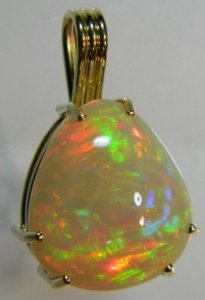
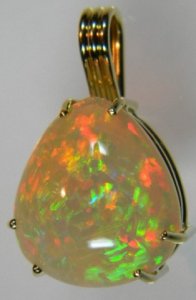
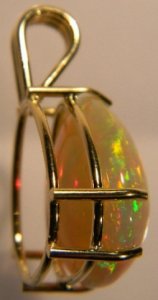
What do you think?





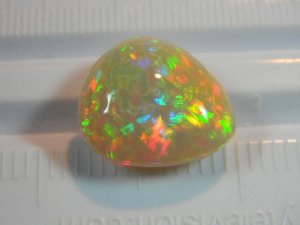
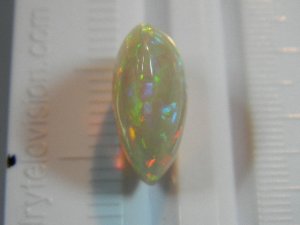
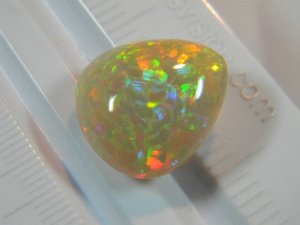
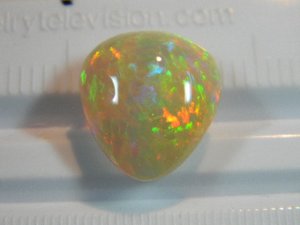


300x240.png)